Recent Blog Posts
Large Commercial Trucking Accidents: The Intersection of Liability and Negligent Hiring
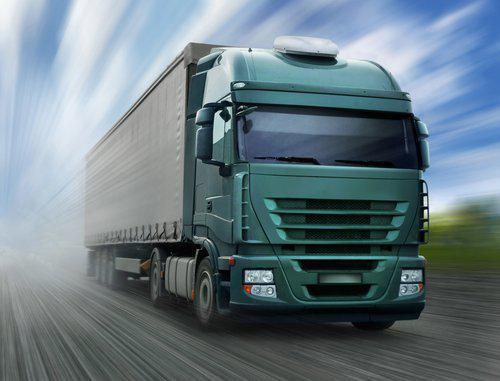 These days, whenever you check the news or turn on the television, it seems when a heavy commercial truck is involved in an accident with a passenger automobile, the automobile driver suffers more serious injuries than the driver of the commercial truck. This result is all too common due to the basic laws of physics and the vast disparity in weight between these types of vehicles.
These days, whenever you check the news or turn on the television, it seems when a heavy commercial truck is involved in an accident with a passenger automobile, the automobile driver suffers more serious injuries than the driver of the commercial truck. This result is all too common due to the basic laws of physics and the vast disparity in weight between these types of vehicles.
A standard large commercial truck can weigh more than 20 times a traditional passenger automobile. Passenger automobiles weigh anywhere between one and two tons, whereas a fully loaded large commercial truck could weigh upwards of 20 tons. The sheer size and weight of a large commercial truck makes it a deadly weapon if it is driven by an inattentive, distracted, or improperly trained driver. For these reasons, trucking companies are required to carefully evaluate and properly train drivers before permitting them to operate large commercial trucks.
The Sharp Truth about Dog Bites
 Many United States citizens love their four-legged canine friends, and these furry creatures are treated like companions and family members. Most dogs are loyal, loving and obedient. But sometimes, these loyal and obedient dogs divert from their composed personalities and bite people. Each year, thousands of individuals in the United States sustain injuries related to dog bites and a large proportion of those injuries are made up of children.
Many United States citizens love their four-legged canine friends, and these furry creatures are treated like companions and family members. Most dogs are loyal, loving and obedient. But sometimes, these loyal and obedient dogs divert from their composed personalities and bite people. Each year, thousands of individuals in the United States sustain injuries related to dog bites and a large proportion of those injuries are made up of children.
According to the Insurance Information Institute, over 83.3 million households in America own a pet in 2013 and 2014. The Centers for Disease Control and Prevention estimates that over 4.5 million people suffer dog bites each year and over 885,000 require medical attention because of those injuries. Approximately half of the injuries requiring medical attention involve children.
Premise Liability: Who Is Responsible in a Slip and Fall Accident
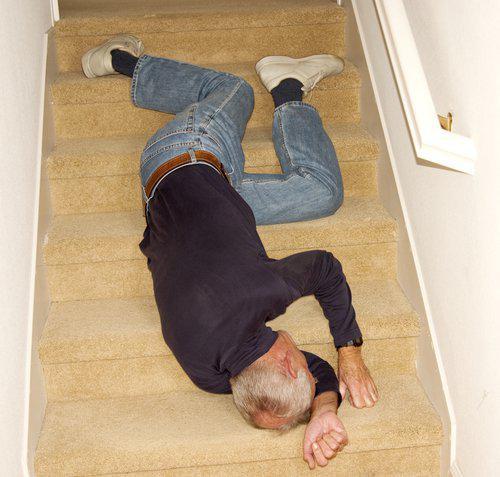 Accidents happen all the time and frequently, injuries occur as a result. But, when the injuries occur due to elements outside of your custody or control, legal recourse may be an option. When you slip and fall on someone else’s property, it may lead to a premises liability case. You need to prove that the property owner is liable for your injuries — that the homeowner was negligent in some way.
Accidents happen all the time and frequently, injuries occur as a result. But, when the injuries occur due to elements outside of your custody or control, legal recourse may be an option. When you slip and fall on someone else’s property, it may lead to a premises liability case. You need to prove that the property owner is liable for your injuries — that the homeowner was negligent in some way.
When a homeowner hosts a party and invites guests, the homeowner will most likely be liable for any injuries the guests suffer while on the premises. A homeowner owes a duty of reasonable care to guests. This means that a homeowner must provide a reasonably safe environment for guests invited onto the premises. Additionally, homeowners have a duty to prevent dangerous conditions unless the conditions are so obvious that the guests will avoid it.
Identifying Injuries in Elder Abuse or Neglect
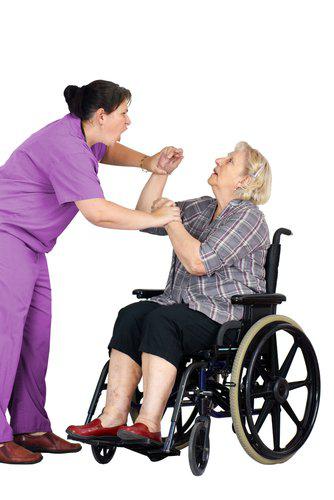 Every year, millions of elderly individuals in the United States are placed in residential facilities, nursing homes and assisted living centers. Unfortunately, the National Institutes of Health (“NIH”) estimates that over two million elderly United States residents placed in these types of facilities experience some form of abuse and neglect.
Every year, millions of elderly individuals in the United States are placed in residential facilities, nursing homes and assisted living centers. Unfortunately, the National Institutes of Health (“NIH”) estimates that over two million elderly United States residents placed in these types of facilities experience some form of abuse and neglect.
In 2009, NIH found that approximately 5,300 cases of abuse or neglect were reported to the Wisconsin Department of Health and Human Services, which maintains a sophisticated reporting system across the state of Wisconsin. According to the Wisconsin Department of Health and Human Services, of the 5,300 plus cases of suspected abuse or neglect involving elderly individuals in residential facilities, 28 were tragically related to death while another 371 incidents were considered-life threatening.
Burn Injuries: Recovering from the Carelessness of Others
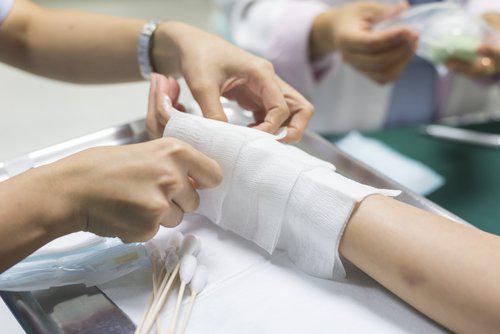 Burn injuries may be some of the most tragic, painful and horrific injuries a person can suffer. They can result in permanent disfigurement, significant medical expenses, and medical treatment that could potentially last a lifetime. If someone performed an act - or failed to act - in a situation that caused your injuries, and this person failed to act like a reasonably prudent person would in a similar situation, this individual could be held liable under the theory of negligence.
Burn injuries may be some of the most tragic, painful and horrific injuries a person can suffer. They can result in permanent disfigurement, significant medical expenses, and medical treatment that could potentially last a lifetime. If someone performed an act - or failed to act - in a situation that caused your injuries, and this person failed to act like a reasonably prudent person would in a similar situation, this individual could be held liable under the theory of negligence.
The American Burn Association estimates that, in 2013, over 450,000 people across the United States received medical treatment for injuries related to burns. Additionally, more than 3,400 people died due to fire, burn, and smoke inhalation injuries. Lastly, over 40,000 people were hospitalized due to burn-related injuries. According to the Wisconsin Department of Health and Human Services, in 2005, burn injuries sent over 7,770 citizens to emergency rooms across the state, over 600 citizens were hospitalized for longer-term care, and 61 individuals died as a result of their burn wounds.
Assault and Battery in Personal Injury Cases
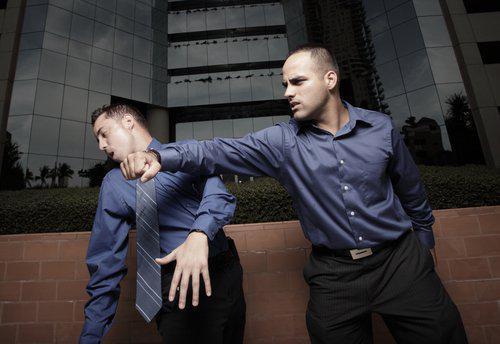 Commonly, when you hear the term personal injury, you may think of an individual involved in a car accident or someone slipping and falling. However, acts that are intentional, instead of accidental, can lead to personal injury cases as well. For instance, assault and battery are intentional torts that form the basis of lawsuits in civil and criminal courts. Typically, the victim of a battery can sue the offender seeking compensation for any personal injuries the victim sustained as a result of the battery.
Commonly, when you hear the term personal injury, you may think of an individual involved in a car accident or someone slipping and falling. However, acts that are intentional, instead of accidental, can lead to personal injury cases as well. For instance, assault and battery are intentional torts that form the basis of lawsuits in civil and criminal courts. Typically, the victim of a battery can sue the offender seeking compensation for any personal injuries the victim sustained as a result of the battery.
Assault and battery are defined differently under tort law than under criminal law. Tort law defines assault as any intentional act that is meant to cause a reasonable apprehension of imminent and harmful or offensive contact, while battery has the same elements as assault, but requires a harmful or offensive contact against another. Under Wisconsin criminal law, assault is punished as an attempted battery and the crime of battery can be aggravated by many different circumstances, vastly increasing the associated punishment.
Negligent Supervision: Recovering for the Personal Injury Your Child Suffered
 There is nothing worse for a parent than watching his or her child suffer from the pain and healing process of a serious injury, especially one caused negligently by another party. As a parent, if someone negligently caused harm to your child, you can hold that individual responsible and accountable for his or her actions or inaction.
There is nothing worse for a parent than watching his or her child suffer from the pain and healing process of a serious injury, especially one caused negligently by another party. As a parent, if someone negligently caused harm to your child, you can hold that individual responsible and accountable for his or her actions or inaction.
Unfortunately, many children fall victim to the negligent or reckless conduct of others. According to the National Center for Education Statistics, in the fall of 2014, across the United States, an estimated 54 million students were enrolled in private and public elementary and secondary schools. The Centers for Disease Control and Prevention estimates that nine million children under the age of 19 are treated for unintentional injuries at emergency rooms across the country. Likewise, over an estimated 225,000 are hospitalized for unintentional injuries while more than 9,000 children die each year due to unintentional injuries.
The Types and Calculation of Damages Available in Personal Injury Lawsuits
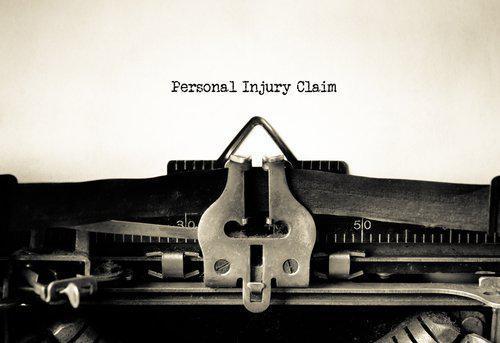 When you are involved in an accident that causes you to suffer a personal injury, there are many questions on your mind. Some of these questions may include wondering how much your case is really worth. The law views the value of your case in terms of damages and there are many factors that contribute to them.
When you are involved in an accident that causes you to suffer a personal injury, there are many questions on your mind. Some of these questions may include wondering how much your case is really worth. The law views the value of your case in terms of damages and there are many factors that contribute to them.
You can receive money damages in one of two ways. You can try reaching a settlement with the party responsible for your injuries or their insurance company. If that fails, you can file a lawsuit against the party who caused your injuries and the judge or jury can award money damages to you after trial.
If you or someone you loved suffered a personal injury as a result of the negligent or outrageous behavior of another, you should contact an experienced personal injury attorney who will be able to properly evaluate your case, identify the possible amounts of recovery and provide you with the best course of action to receive the compensation you deserve.
Truck Accidents: When Large Trucks with Brake Failures Collide with Passenger Vehicles
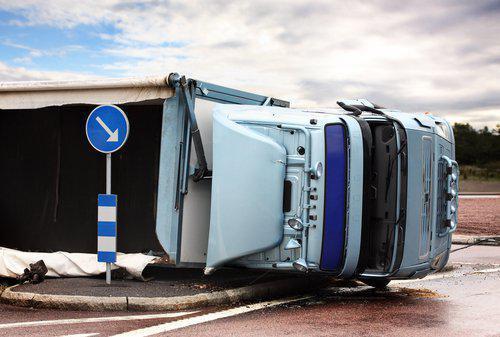 Traffic accidents involving large trucks are unique. The average passenger automobile weighs approximately 3,000 pounds while a large truck weighs upwards of 10,000 pounds. Depending on what the trucks are hauling, they could weigh up to 80,000 pounds. When a large truck collides with passenger vehicles, the results can be catastrophic. In many cases across the United States and Wisconsin, truck accidents involve multiple parties, serious injuries or even death.
Traffic accidents involving large trucks are unique. The average passenger automobile weighs approximately 3,000 pounds while a large truck weighs upwards of 10,000 pounds. Depending on what the trucks are hauling, they could weigh up to 80,000 pounds. When a large truck collides with passenger vehicles, the results can be catastrophic. In many cases across the United States and Wisconsin, truck accidents involve multiple parties, serious injuries or even death.
According to the National Highway and Traffic Safety Administration (“NHTSA”), in 2013, large trucks were involved in an estimated 342,000 traffic accidents across the United States. Approximately 95,000 people suffered injuries as a result of these accidents, while 3,964 lost their lives. The Wisconsin Department of Transportation indicated that large trucks were involved in approximately 5,882 traffic accidents in Wisconsin. As a result of these accidents, an estimated 1,800 individuals suffered injuries while 71 individuals lost their lives.
Why Mediation in Personal Injury Cases Can Be Beneficial
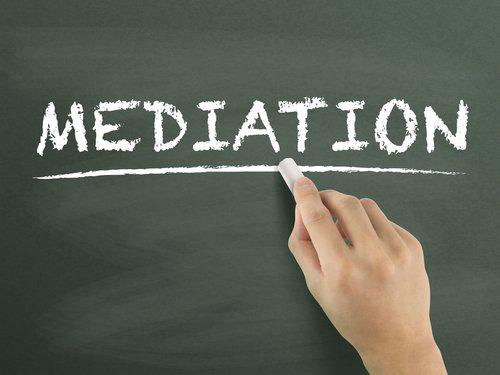 Over the last few decades, mediation has become an essential tool in personal injury cases. Litigation can be stressful and time-consuming, and it may lead to expensive attorney’s fees for both parties. In some instances, mediation permits the parties, lawyers and insurance adjusters to reach an agreement without having to file a lawsuit. In most cases, mediation leads to a sensible conclusion for both parties. However, it does not always work, and if it fails early on in your personal injury case, it might be beneficial to try mediation at a later date prior to trial.
Over the last few decades, mediation has become an essential tool in personal injury cases. Litigation can be stressful and time-consuming, and it may lead to expensive attorney’s fees for both parties. In some instances, mediation permits the parties, lawyers and insurance adjusters to reach an agreement without having to file a lawsuit. In most cases, mediation leads to a sensible conclusion for both parties. However, it does not always work, and if it fails early on in your personal injury case, it might be beneficial to try mediation at a later date prior to trial.
Under Wisconsin law, a judge may, in any case, order both parties to participate in a mediation, in an attempt to settle the claims, especially in personal injury cases. Depending on what county in which your personal injury case is filed, or the judge you are in front of, you may be required to participate in mediation prior to setting a trial date. Sometimes, a judge can decide to order mediation in a case, in which case both parties would be required to personally participate.







